 Users of Project Online (or SharePoint w/ Project Server) are long accustomed to publishing their plan on the web for others to view, change, or otherwise manipulate project plan data. This convenience is beneficial for plan authors, team members, and stakeholders alike, for the obvious reason of having the plan online for all to view as needed.
Users of Project Online (or SharePoint w/ Project Server) are long accustomed to publishing their plan on the web for others to view, change, or otherwise manipulate project plan data. This convenience is beneficial for plan authors, team members, and stakeholders alike, for the obvious reason of having the plan online for all to view as needed.
But, what if you are using the standalone version of Microsoft Project, either in its most recent incarnation (MS Project 2016) or going back as far as MS Project 2007?
Users of standalone versions are severely limited in the ways they can share plans with others and are normally restricted to one of these sharing options:
- Sending out the native .mpp file and hoping the recipient has a copy of MS Project on hand (or has access to a viewer app).
- Emailing a static print of a Gantt chart in PDF format and then hoping the recipient can understand
- Exporting the plan as Excel data and then hoping the recipient can sort through
None of these methods are ideal for a team member in the field, armed with only a web browser at a cyber cafe or holding a smartphone / tablet while on the job. The ideal situation would be to publish your plan to the web, where all that’s needed is a web browser.
This article describes two innovative ways to put your project plans out on the web – with a minimal of fuss, but with a maximum amount of function – for any collaborator armed only with a simple web browser.
The first option discussed is one that takes your work breakdown structure and displays that – for a minimum of confusion and a maximum amount of understanding. The second option publishes your plan just as you see it in MS Project and allows an online reader to manipulate the data in many of the same ways that you do.
Option 1 – When you just want to publish the basics…
This option is for those that want to display the design of a plan and allow the reader to be “walked through” what the plan will accomplish. Here we employ MindJet’s MindManager, which many of you may already be using, by creating your work breakdown structures within.[1] The latest version of this handy planning tool (version 2018) includes publishing to the web in just a few clicks, and it’s free of charge (albeit the app does cost south of $350 USD).
When installed, Mindjet inserts an add-in to your MS Project setup, and that allows the web magic to happen. Simply click Send to MindManager while in MS Project (or just use your WBS created in MindManager) and you are just a few more clicks away from a published plan on the web for all given a shared link to view.
Let me illustrate, starting out with this simple project plan created in MS Project:
Step 1. Send your plan to MindManager for web publishing…
Step 2. Publish the results to the web using the MindManager Publish feature…
Step 3. Share the resulting web link with team members, stakeholders, other managers, whomever…
The results are fantastic; walk through the interactive map from the start…
What you get with this option is a hyper-animated walkthrough of your plan – something that not even the all-mighty MS Project Server can do.
Option 2 – When you want to publish exactly what you see…
This option is for showing other team members or stakeholders what you see in your plan while using MS Project. It’s for when you know the folks out there might not have a copy of MS Project handy or they are using a tablets and smartphones on the job. This option will cost you (and your plan readers) either nothing at all or $19.99 a year, depending on the functionality desired.
The procedure is simple: share your MS Project plan in .mpp format to any of the popular file-sharing cloud sites such as Dropbox, Box, Google Drive, OneDrive, etc., and then have your intended audience open the file from the Project Viewer 365 Website.
https://www.projectplan365.com/projectviewernow/tViews.aspx
Let’s illustrate that for you:
Step 1. Open the Project Viewer 365 website in any browser (on any device), and then navigate to the shared .mpp project file using the File Backstage (just as anyone does in MS Project):
Step 2. Ba Boom! Now that the file is open, your intended audience can navigate around your plan just as if they were a MS Project user themselves, only they are doing this traversal using a web browser and nothing else.
Some caveats apply. With the free online viewer, users can use only the Gantt Chart, Task Sheet, and Resource Sheet views. Other views are restricted to the paid viewer or the editor version, which is also available as a subscription service. For more on using this product, see this article on MPUG.com.
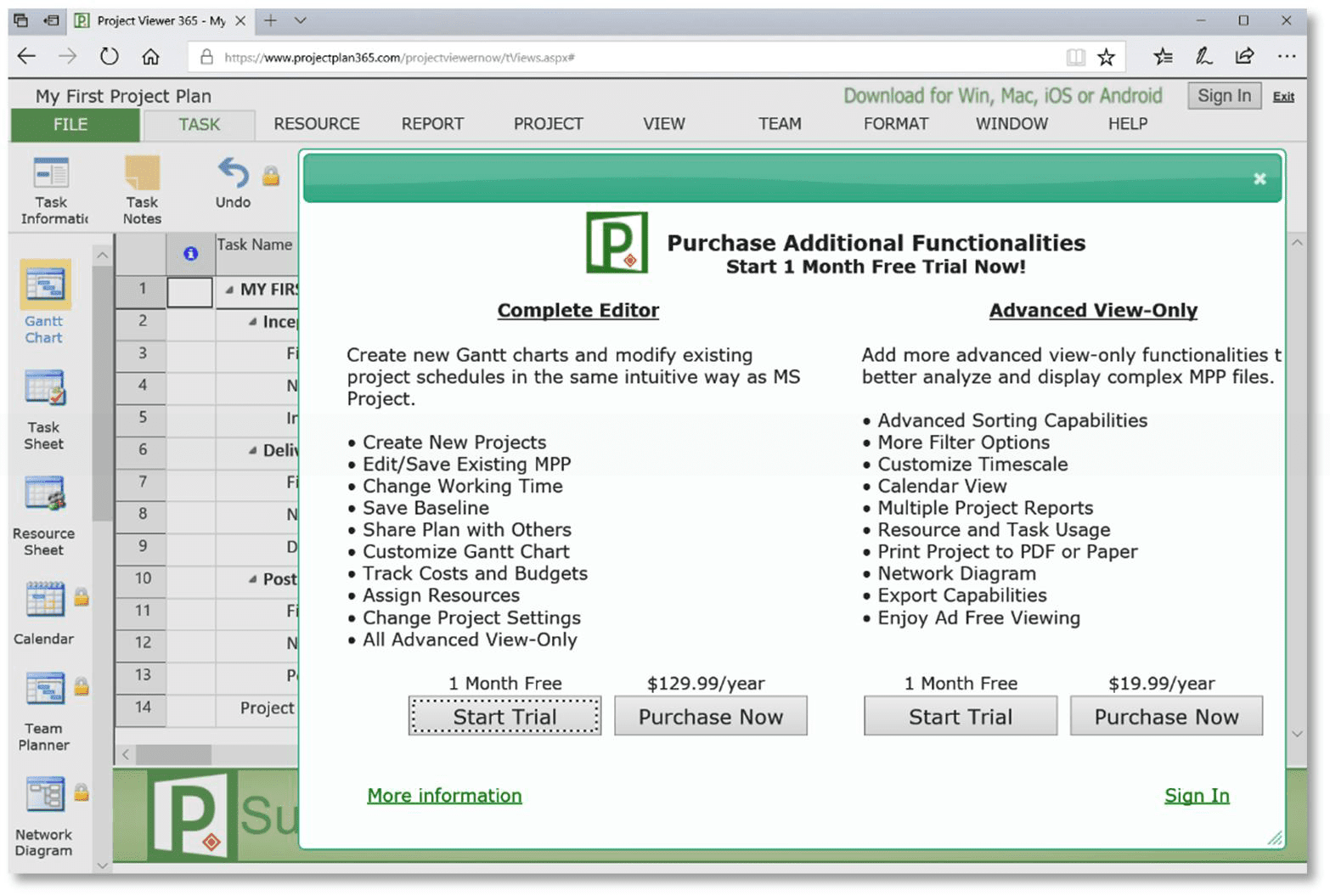 Note: the free viewer does come with restrictions, as noted by anything with a lock icon…
Note: the free viewer does come with restrictions, as noted by anything with a lock icon…
However, with this free web viewer, your audience can see all the task information for any selected task. This information includes task notes, percent completes, resources assigned, and so forth. Users here can also sort what they can see and use the selective disclosure widgets to limit the amount of data shown. See example below:
Wrapping up…
You just learned two unique ways of publishing your plan to the web – useful if you don’t have another way, such as the expensive MS Project Server or the pay-per-day MS Project Online. Both options described get your plan to any audience sporting a web browser, regardless of the device being used.
Using the MindManager option, you can walk users through a high-level breakdown of your plan, which may get your message across better than a Gantt can. Using the Project Viewer 365 option, you can publish your plan to web by allowing users to open the native .mpp file without having MS Project installed. Your audience will be viewing your plan as if using MS Project without the heavy weight of loading all that bloat.
As we’ve seen, caveats apply to both options: you may have to spend some bucks, depending on which you choose, but you won’t spend as much as you would if you went out and hired a web developer for the purpose of publishing your plans.
One last note with both of these options: information security could be an issue, as your data is out there in the wild, but for the willing, this may not be a concern. For those of you brave enough to try, go ahead and post your results and/or comments below.
[1] See this article on MPUG.com for details on that!
Related Content
Webinars (watch for free now!): Microsoft Project 2013 and Project Online
Portfolio Management Made Easy with Project Online/Project Server 2013
Articles:
Delivering Agile Projects using Microsoft Project/Project Online
Working with Teams in Project Online/Project Server 2013
Managing Project Web App Site Permissions in Project Online and Project Server 2013


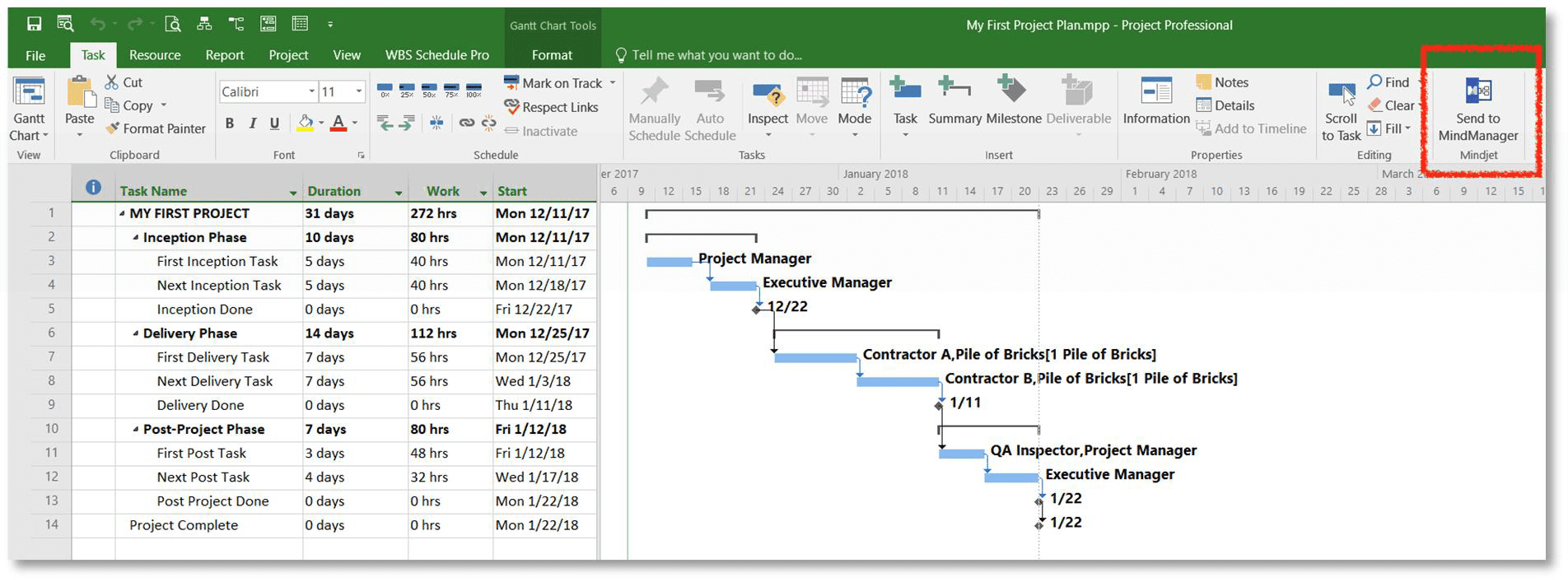

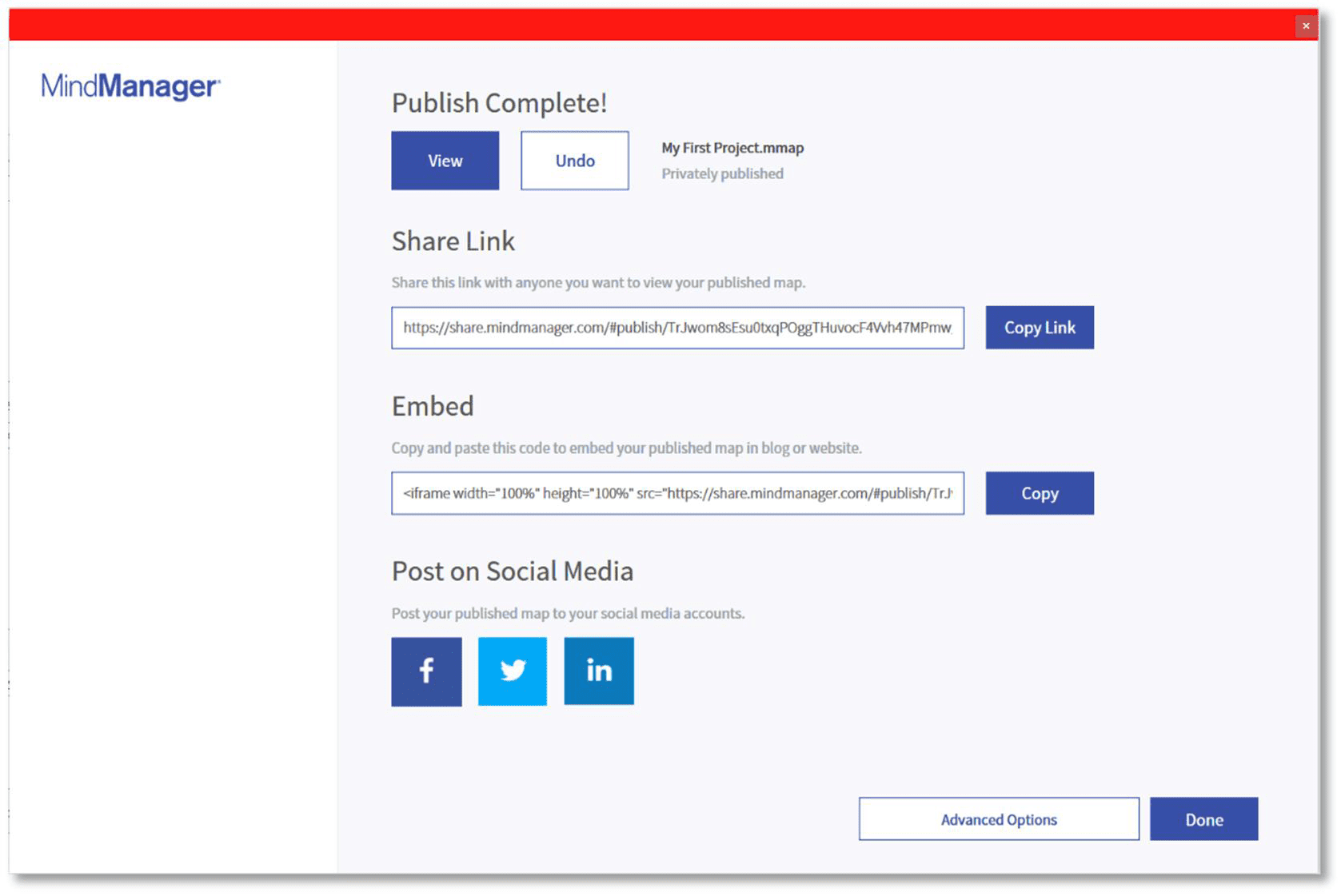
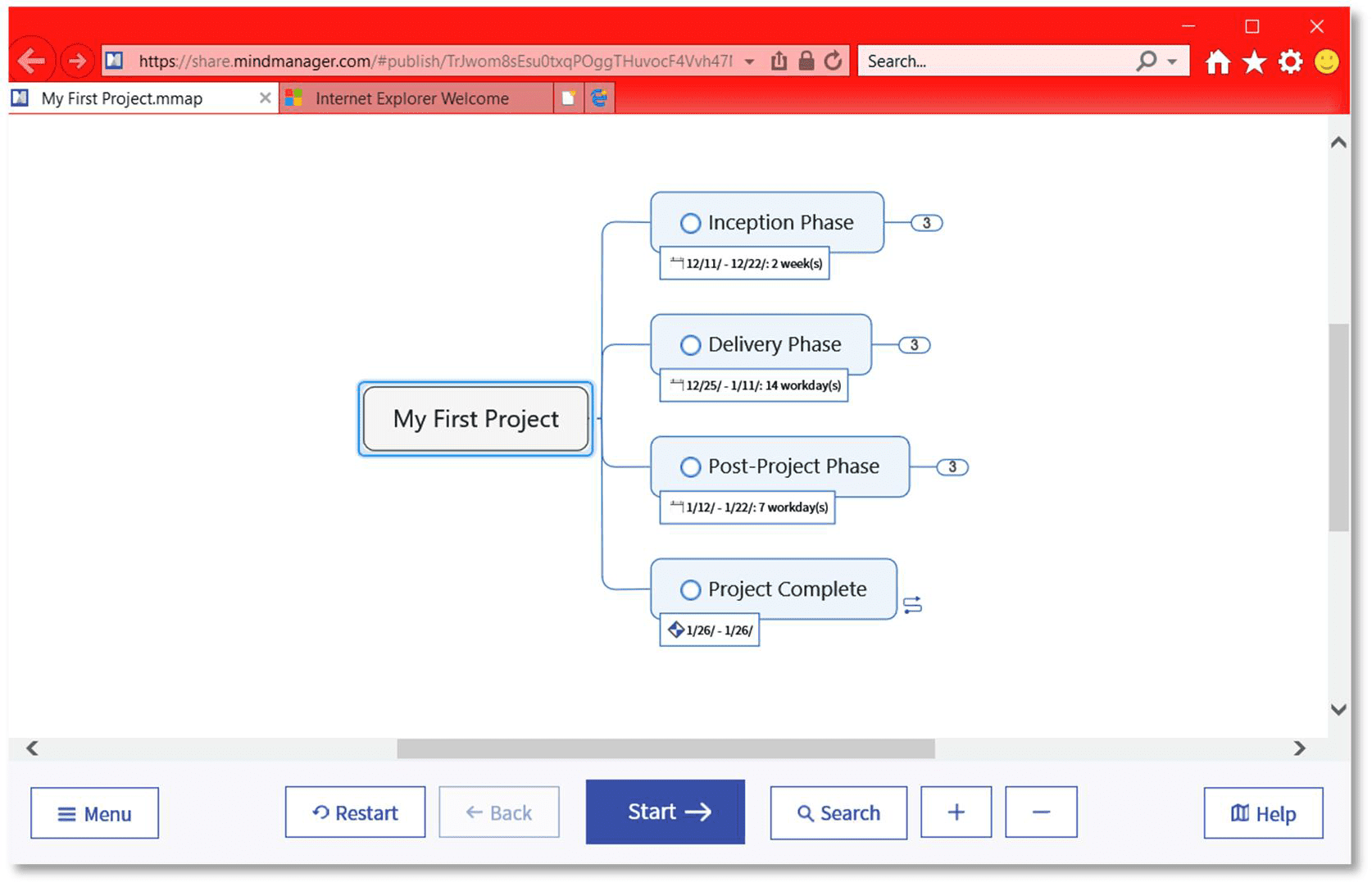
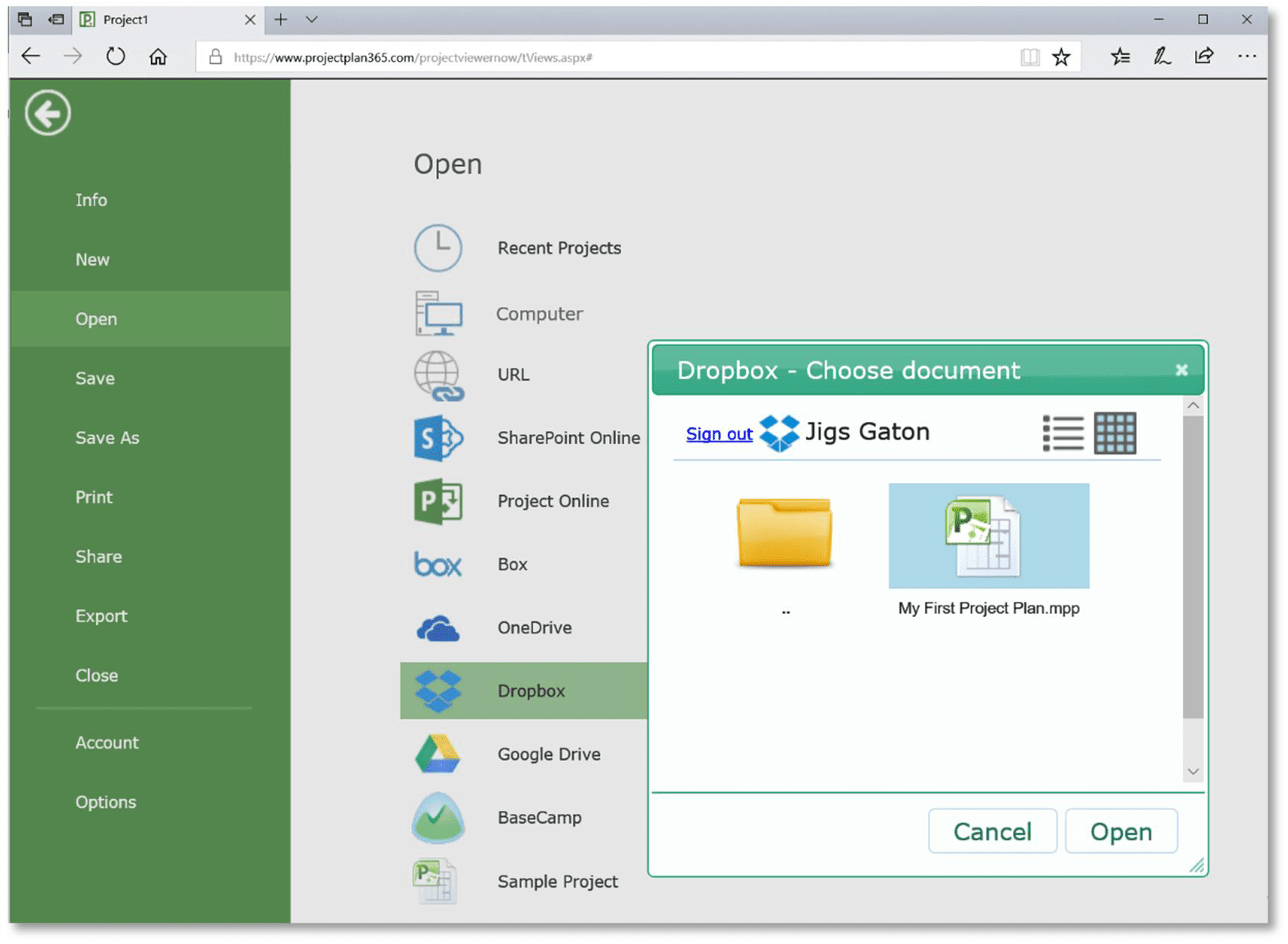
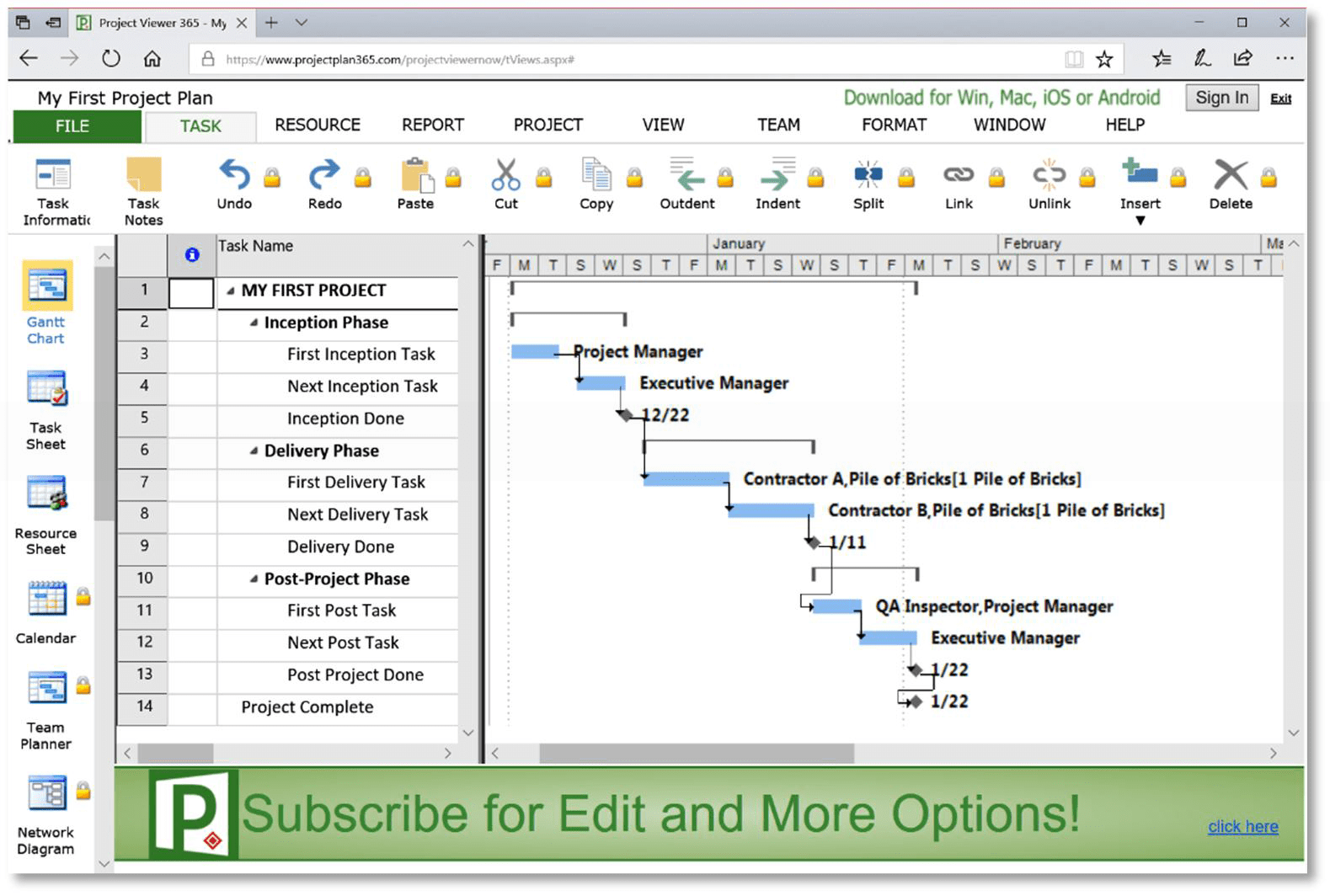

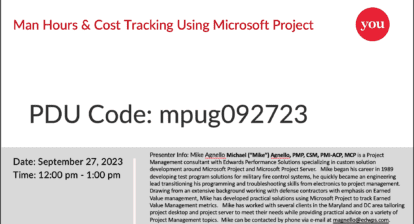





jigs gaton
@ Steve Thx for that, always good to hear from a reader 🙂 About full-blow web-based – helping a client evaluate all the PM SaaS out there, the wrikes, the zobos, etc., and the striking thing to me it seems to be all about the collaboration and not about actual work, like figuring out how much things cost and where you are with the people. Popular, but unimpressive. Maybe I’m just too old 🙂
John Williamson
Once again Jigs knocks it out of the park with a solution that could benefit a large percentage of small businesses that have “plans” for growth, NGOs (thinking disaster relief organizations), and smaller government agencies.
jigs gaton
@ John, thx! I wish someone would tell me what my BA is…always a good metric 🙂 It’s true what you say about the small NGO or agency… they really like to keep it simple (and cheap).
Jigs Gaton
@ Kevin, thx! You raise an important point, not everyone likes reading gantt charts, and mind maps are appealing, while some folks would prefer timelines. I think my next article will be on communicating better with stakeholders 🙂